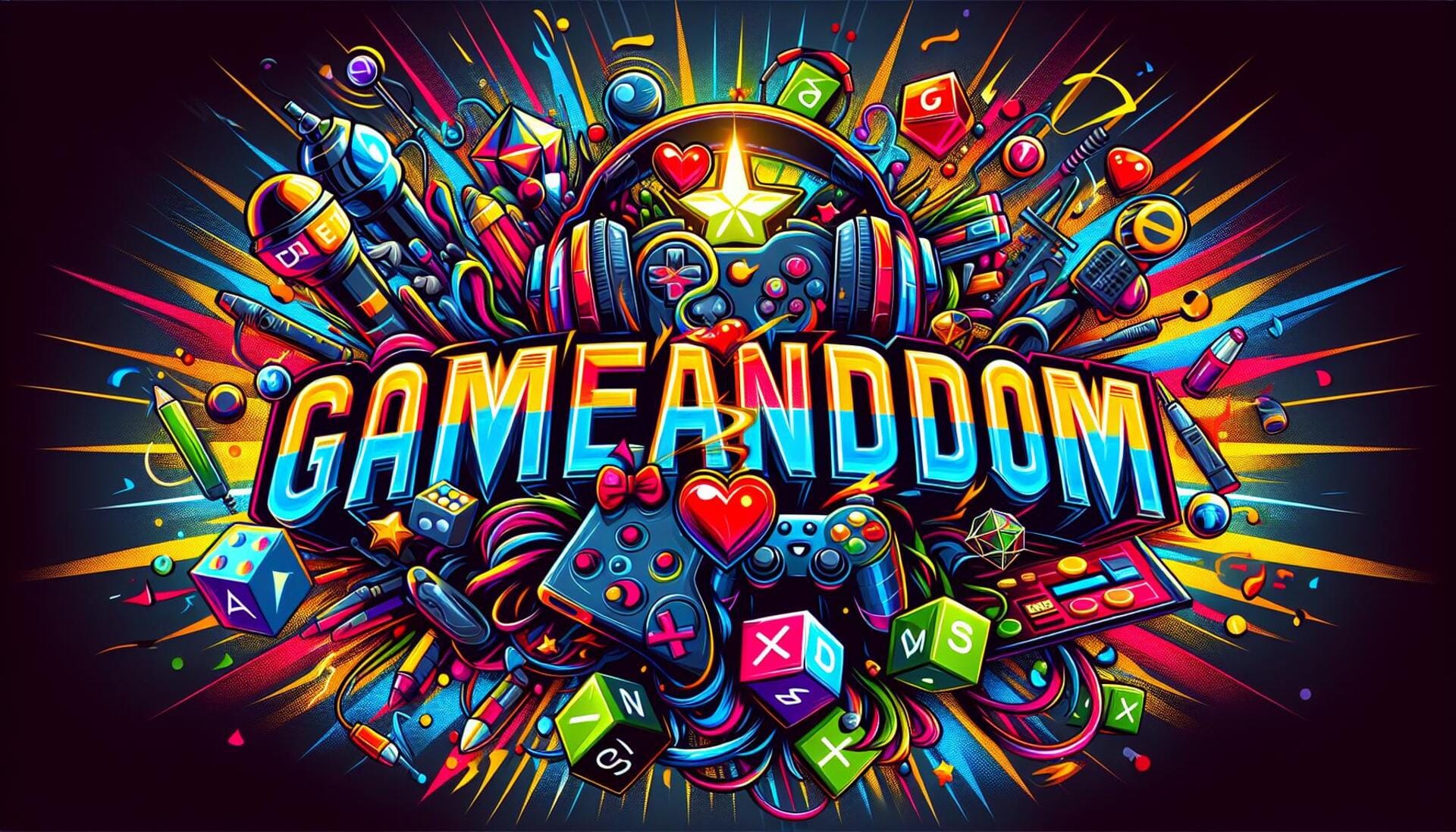
Designing game economies with fair in-game purchases
Designing Game Economies with Fair In-Game Purchases
As the world of video gaming continues to evolve, the integration of in-game purchases has become an essential part of game design. However, creating a balanced and fair game economy can be a daunting challenge for developers. This article provides insights into designing game economies with fair in-game purchases, benefits of a well-structured economy, practical tips, and real-world case studies.
Understanding Game Economies
A game economy encapsulates various elements such as currency, resources, and rewards that players can earn or purchase. Designing a game economy is akin to establishing a financial system where every decision affects gameplay and player experience. Below are key components to consider:
- Currencies: Different types of currencies can exist within the game (e.g., soft currency, hard currency).
- Items: Items can be cosmetic or functional, influencing gameplay directly or indirectly.
- Loot Systems: Systems that allow players to acquire items based on luck or skill.
- Progression: Mechanisms that track player growth and allow for advancement through the game.
The Importance of Fair In-Game Purchases
Fair in-game purchases lead to a better overall user experience, promoting trust and satisfaction. Here are a few reasons why fairness is crucial:
- Player Satisfaction: A fair economy enhances gameplay satisfaction, encouraging more players to engage.
- Retention Rates: Players are more likely to return to a game where they feel they’ve got their money’s worth.
- Positive Community Impact: Fair systems foster community growth and healthy interactions among players.
- Brand Reputation: A fair economy safeguards a developer’s reputation, appealing to a wider audience.
Components of a Fair Game Economy
1. Transparent Pricing
Players should be clearly informed about the costs of items and currency. Hidden fees or convoluted pricing structures can lead to player frustration. Make the pricing straightforward and comparable.
2. Balanced Currency Systems
Develop a balance between free and premium currencies. For instance, ensure that players can earn premium currency through skillful play without resorting to making purchases. Here’s a simple table to illustrate the potential balance:
| Currency Type | Earn Rate | Purchase Rate |
|---|---|---|
| Soft Currency | Earned through gameplay | N/A |
| Hard Currency | Earned through special events | $9.99 for 1000 |
3. Fair Progression
Acknowledge that not all players will want to spend money. Allow players to progress at their own pace whether they purchase anything or not. For instance, regular rewards for daily log-ins can keep players coming back.
4. Non-Competitive Purchases
To prevent pay-to-win scenarios, ensure that purchased items are either cosmetic or provide small enhancements that don’t drastically outbalance regular game mechanics. This keeps the gameplay fair for all players.
Benefits of Fair In-Game Purchases
By offering fair in-game purchases, game developers can enjoy various advantages:
- Increased Revenue: A fair system can increase the willingness to spend among players.
- Enhanced Player Engagement: Players are likely to invest more time in a game that respects their choices.
- Stronger Community Bonds: A fair economy fosters community growth and retention.
Practical Tips for Designing Fair In-Game Economies
- Gather Player Feedback: Regularly seek player input to refine your economic systems.
- Monitor Analytics: Use analytics tools to monitor player behaviors and purchasing patterns.
- Iterate Frequently: Be prepared to tweak your game economy based on player needs and market trends.
- Educate Players: Provide tutorials on how in-game purchases function to alleviate confusion.
Case Studies
Several successful games exemplify fair in-game economies:
- Fortnite: Offers cosmetic items only, with no impact on gameplay, allowing free and paid players to enjoy the same experience.
- League of Legends: Features a fair system where all characters can be unlocked by gameplay, while purchases only expedite the process.
- Genshin Impact: Uses a gacha system that is highly interactive but keeps core gameplay accessible without requiring paid purchases.
First-Hand Experience in Game Design
Having worked in game development, I can attest that an economy designed with fairness can greatly enhance the gaming experience. One of my projects involved implementing a currency system where players earned premium currency through achievements. The result? Players felt more passionate about their achievements, leading to a more invested player base.
Conclusion
Designing game economies with fair in-game purchases is vital for long-term success and player satisfaction. By implementing transparent pricing, balancing currency systems, ensuring fair progression, and keeping purchases non-competitive, developers can create enjoyable experiences. The benefits of a well-structured economy extend beyond player retention; they enhance community building and ensure a robust game reputation. Emphasizing fairness in game design isn’t just ethical—it’s strategic. Embrace these principles to cultivate a loyal player base and a thriving game.





